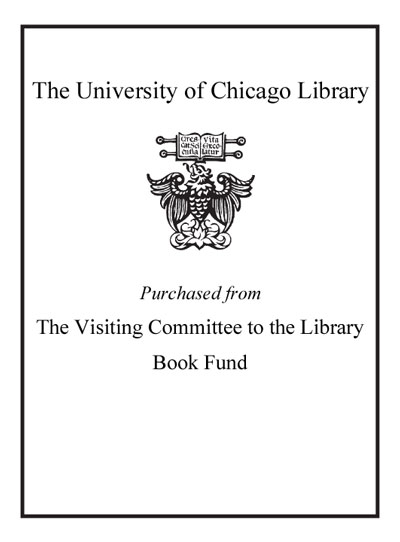| Summary: | Using primary Mexican sources, Joseph A. Stout Jr. takes a new look at the Mexican-American border conflicts of 1915 through 1920. Stout explores Mexico's difficult revolutionary period and its clashes with the United States as seen through the eyes of Mexican soldiers and statesmen.<br> <br> Border Conflict chronicles the activities of Venustiano Carranza's Constitutionalist army and presents original insights from Mexican correspondence, telegrams, and military documents. In the examination of the events along the border, the book includes the invasion of Mexico by the United States Punitive Expedition. The Punitive Expedition, under command of General John J. Pershing, further complicated the volatile situation on the northern frontier of Mexico and led to diplomatic tensions and the threat of war.<br> <br> The military education and leadership tactics of both armies are examined and compared. The struggles of the armies are presented in vivid detail by including a rich array of quotes from soldiers involved in the conflicts.<br> <br> Pancho Villa became an elusive target for both the Carrancistas and for the U.S. troops. Border Conflict provides a background on Villa and his relationship with the United States, the Constitutionalist government and the Mexican Revolution. The author argues that Carranza and the Constitutionalist army were dedicated to Villa's destruction, despite the contrary beliefs of American President Woodrow Wilson and his staff and generals. Based on his interpretation of military correspondence between Carranza and his commanders, Stout believes that Carranza considered Villa a more dangerous military problem than the presence of U.S. troops in Mexico.<br> <br> Pancho Villa was ". . . not over five feet ten, with the chest and shoulders of a prize fighter and the most perfect bullet-shaped head . . . covered with black hair. . . . A small black mustache serves to mask a mouth which is cruel even when it is smiling. The most attractive feature of the face is the eyes . . . they are really not eyes at all, but gimlets which seem to bore into your very soul."-- New York Times , 1914<br> <br> This fresh examination of the historical clashes at the border adds a new perspective to an old tale.
|
|---|

